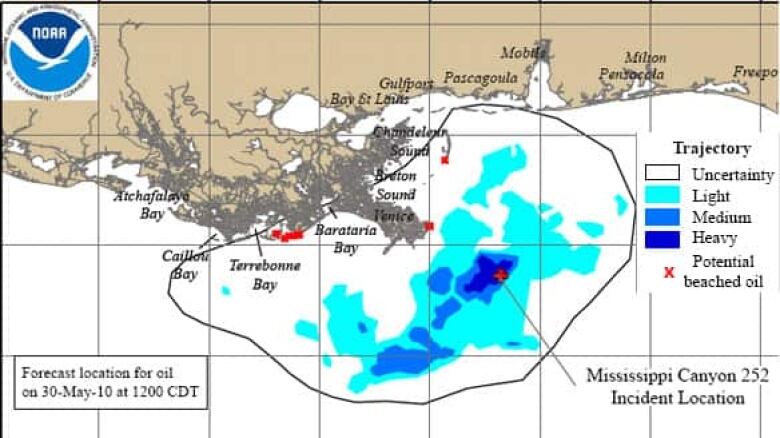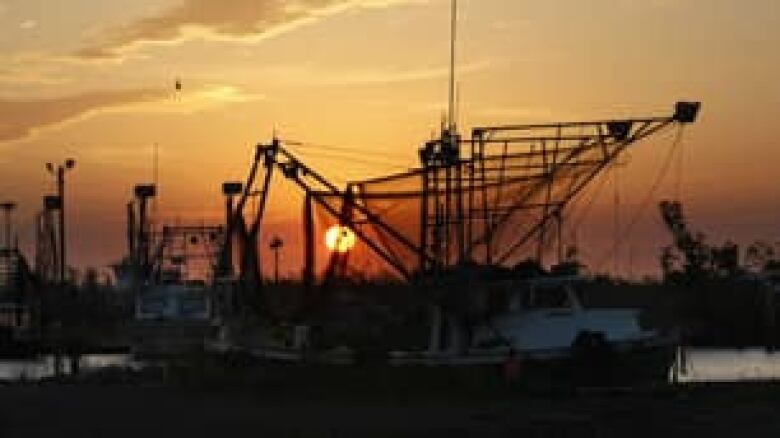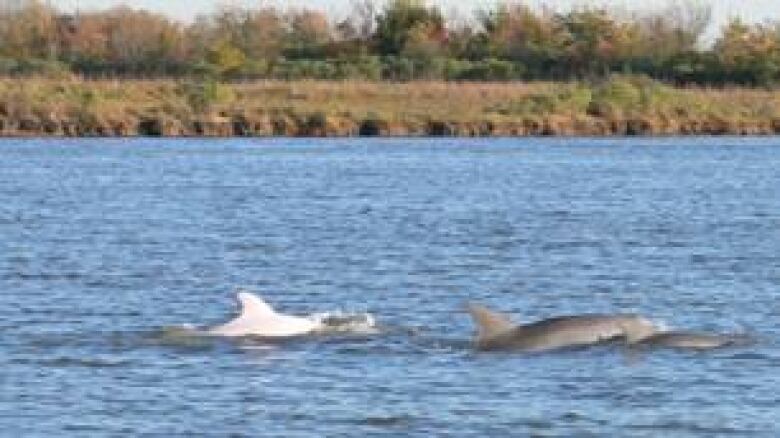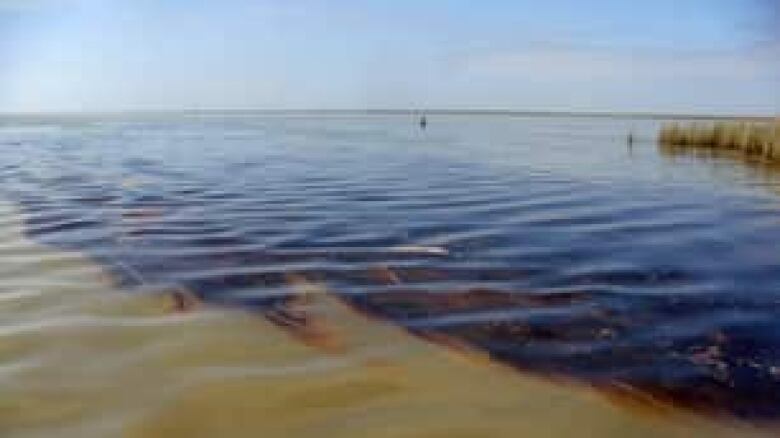Species at risk

BP, which owns the rig, says it could take up to 90 days to cap the well and stop the leak.
In the meantime, sensitive shoreline, wildlife, fisheries and the tourism industry are bracing for major hits. Here's a rundown of what's at risk:
Fish and shellfish
It is peak spawning season in the Gulf of Mexico for several species of fish and shellfish. The gulf is the only spawning ground for western Atlantic bluefin tuna. The population of western Atlantic bluefin tuna has plummeted by 90 per cent since the 1970s. The World Wildlife Fund says the Atlantic bluefin is at serious risk of extinction. At a meeting on March 18, 2010, the UN Convention on International Trade in Endangered Species turned down a U.S.-backed proposal to ban the export of Atlantic bluefin tuna.
These fish can weigh up to 700 kilograms and swim at up to 80 km/h. They are in high demand in Japan for sushi and sashimi. Japan imports about 80 per cent of the west Atlantic bluefin tuna that is caught every year.

Shrimp are vulnerable to oil spills. Young shrimp migrate from coastal areas out into the gulf between February and November, depending on the species. Oil in the water can kill many of them as well as adult shrimp. That could reduce catches this year and next.
More than two-thirds of the oysters harvested in the U.S. come from the gulf. Oyster beds are underwater so oysters remain safe as long as the oil doesn't sink.
Blue crabs are also a major resource for the fishery. In 2008, almost 19 million kilograms of blue crab were caught, worth about $40 million.
Other species of fish that could be at risk include red snapper and grouper. Young snapper and grouper are common on mud bottoms of the northern gulf. They will be at risk if the oil sinks or moves into inshore areas.
The spill could also mean major problems for the recreational fishery. More than three million people took fishing trips into the gulf in 2008 for a total of 24 million fishing trips. Fewer fishing trips would mean a drop in business for everything from boat rentals to bait shops.
Sea turtles
Sea turtles: Five species of sea turtles call the Gulf of Mexico home, according to the U.S. National Oceanic and Atmospheric Adminstration (NOAA). They are:
- Kemp's Ridley: classified as endangered.
- Leatherback: classified as endangered.
- Loggerhead: classified as threatened.
- Green: classified as endangered.
- Hawksbill: classified as threatened.
The Kemp's Ridley turtle nests only in the western Gulf of Mexico. It is peak nesting season for this species in April and one of their foraging areas is in the midst of the spill.
Marine mammals

Sperm whales spend most of their time diving for prey but they do surface for air and could come up through the slick. The oil can coat them and interfere with their breathing. NOAA says the short-term effects on sperm whales may not be serious, however, there could be long-term damage from ingesting large amounts of oil through the food chain.
Dolphins: There are at least nine species of dolphins that live in the northern Gulf of Mexico and are protected under the U.S. Marine Mammal Protection Act:
- Bottlenose dolphin.
- Atlantic spotted dolphin.
- Risso's dolphin.
- Rough-toothed dolphin.
- Fraser's dolphin.
- Pantropical spotted dolphin.
- Striped dolphin.
- Clymene dolphin.
- Spinner dolphin.
Dolphins are carnivores. They mainly feed on squid and fish. They also could become coated with oil as they come to the surface to breathe and like whales could suffer long-term damage from ingesting oil through the food chain.
Marine mammals could also be exposed to the chemicals used to clean up the spill, which could cause skin irritation, chemical burns and infections. The chemicals could also irritate or injure the respiratory tract and lead to inflammation or pneumonia. Oil and chemicals could also damage their gastrointestinal tracts, making it more difficult to digest foods.
Birds
Birds are particularly vulnerable to oil spills because their feathers become coated with oil, making it impossible for them to fly and difficult to keep warm. The National Audubon Society lists several species of birds that make the coastal wetlands of the gulf home as being at risk from the spill. They include:

Beach-nesting terns and gulls feed on fish and other marine life. Because they roost and nest on the sand and plunge into the water to fish, they are vulnerable to oil on the surface of the water and oil that comes ashore.
The reddish egret has suffered a decline in its population due to habitat loss and disturbance. It lives only in coastal areas and would have nowhere else to go if their feeding and nesting grounds are fouled by oil.
Migratory songbirds - including warblers, orioles, buntings, flycatchers and swallows - are currently at the height of their spring migration north. They fly across 800 kilometres of open water, which strains their endurance. Landing in an area fouled by an oil spill would make it difficult for many to survive.
Coastal wetlands

Coastal wetlands are very sensitive to erosion. At current rates of erosion, the shoreline could be more than 50 kilometres farther inland by 2040, according to the National Oceanic and Atmospheric Association.
The effect on the wetlands will depend on how much oil reaches them and how long it stays there. The more oil that gets there, the more plants that are at risk of dying. That could weaken marsh soil, making the area even more susceptible to erosion.
Sources: U.S. National Oceanic and Atmosphere Administration, National Audubon Society, BP












_(720p).jpg)


 OFFICIAL HD MUSIC VIDEO.jpg)
.jpg)



























































































